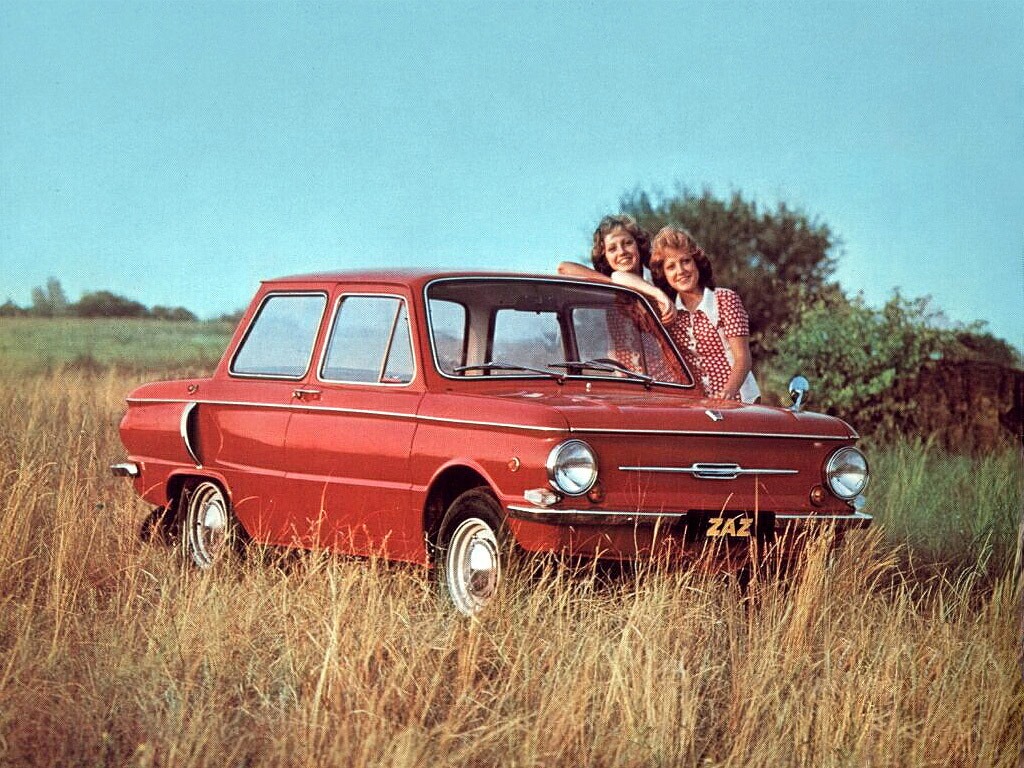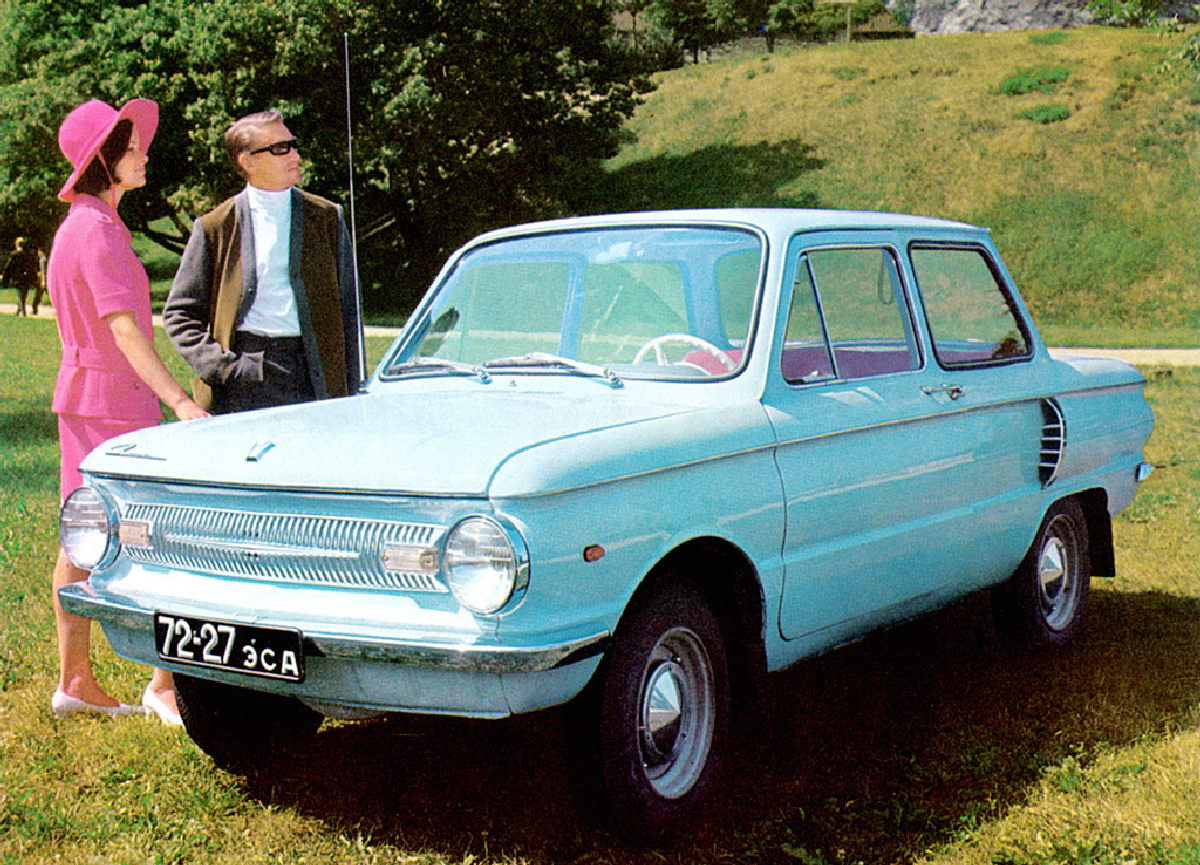
This collection presents the most interesting advertising posters that were shown not only in the Soviet Union, but also in other parts of the world.
Posters and cards of this type were hung in offices, shops, hotels and were published in various local and international magazines and newspapers. Advertisements should have been focused on foreign consumers.
Overall, behind carefully barred borders, the automotive industry developed differently from the free market. technology lags behind; Automobile models were often copied from foreign originals.
The most popular cars in the Soviet state - Moskvich, Zaprozhets, Volgas and Pobedas, could be obtained by Soviet citizens only after waiting in line for several years.

The automotive industry in the Soviet Union spanned the history of the state from 1929 to 1991. It began with the help of Western manufacturers and grew into a substantial industry with many variations.
Before its dissolution, the Soviet Union produced 2.1–2.3 million units per year of all types, and was the sixth largest automotive manufacturer, ranking ninth in cars, third in trucks and first in buses.
Soviet industry exported 300,000–400,000 cars annually, mainly to the satellite countries of the Soviet Union, but also to North America, Central and Western Europe, and Latin America.
The oldest Soviet mass automaker, GAZ (Gorkovsky Avtomobilny Zavod, Gorky Automobile Factory), was founded in Nizhny Novgorod by Ford in 1929.
A year later, Ford built a second automobile plant, AZLK, in Moscow, which became a major Soviet car manufacturer only after WWII.
Unlike other automakers, in the early years of Soviet production, cars were a small part of all vehicles, due to specific government purposes.
Furthermore, in the early 1960s, it became apparent that Soviet industry had not been able to design and launch a good car to the masses. The Soviet leadership again turned to the West for technical assistance.

Several options were considered, including Volkswagen, Ford, Peugeot, Renault and Fiat. The Fiat 124 was chosen because of its simple and robust design, easy to manufacture and repair.
The plant was built in just 4 years (1966–1970) in the small town of Stavropol Volzhsky, which later grew to a population of over half a million and was renamed Togliatti to commemorate Palmiro Togliatti, the Italian's longtime chief. been done. The Communist Party (PCI), which died shortly before construction of the plant began.
At the same time, the Izhmash Car Plant was established as part of the Izhevsk Mechanical Plant in the city of Izhevsk, with the initiative of Defense Minister Dmitry Ustinov to increase the overall production of cars in the Soviet Union. It produced the Moskvich and Moskvich-based Kombi hatchbacks.
By 1970, the manufacture of trucks and other commercial vehicles had become decentralized and were built not only in Moscow and Gorky, but also in Belarus (Minsk, Zhodino), Ukraine (Kremenchug), Georgia (Kutaisy) and the Volga and Ural. region (Ulyanovsk and Mias).

From 1970 to 1979, automobile production increased by about 1 million units per year, and truck production increased by 250,000 per year.
The truck-to-automobile production ratio increased from 0.7 to 1.7 during that time, indicating that more attention was being paid to the consumer market.
The bulk of the Soviet Union's automotive industry, with an annual output of 1.8 million units, was located in the Russian SFSR.
The Ukrainian SSR was in second place, at over 200,000 units per year, while the Belarusian SSR ranked third at 40,000. Other Soviet republics (SSRs) had a less significant automotive industry. Only the first two republics produced all types of automobiles.
In the early 1980s, the Soviet automobile industry consisted of several main plants that produced vehicles for different market segments.
Prior to 1988, private buyers were also not allowed to purchase commercial vehicles such as minibuses, vans, trucks or buses for personal use. Domestic car production satisfied only 45% of domestic demand; Still, the import of cars was not allowed.



